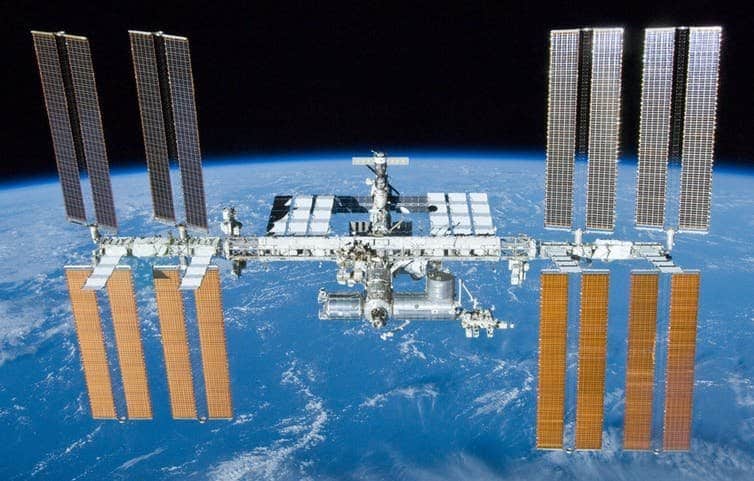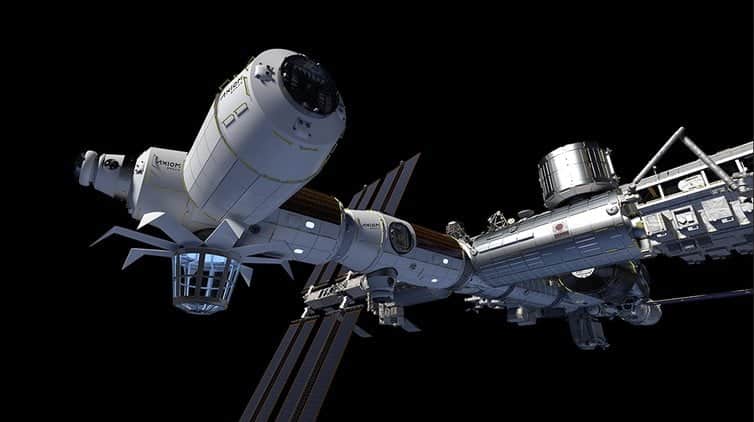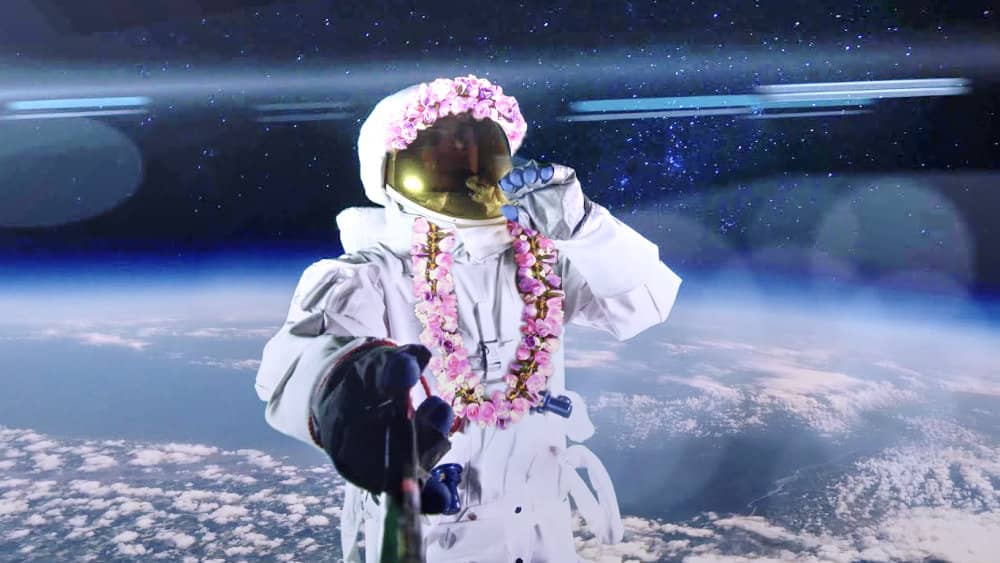The NASA has announced three proposals to develop commercial space stations. This is good news for space tourists and researchers, who will soon have more options for spending time in orbit - but what can we expect from these new stations?
This is the first attempt to create places for people to live and work in space outside the aegis of national governments. Many people think that the private sector will ultimately take us to Mars and beyond. Perhaps this is true, considering the (necessary?) slowness of state initiatives.
The current situation

Future tourists friends, today the service is scarce. There are two space stations in low earth orbit. One is there International Space Station and one is a module of the Chinese station Tiangong. The ISS has been occupied since November 2000 with an average of seven crew “guests”. The first module of the Tiangong was launched in April 2021 and is intermittently occupied by three “guests”. 10 people in space at a time out of 9 billion is not much, right?
As if that wasn't enough, the ISS is getting old and will soon be retired. It was an important symbol of international cooperation after the Cold War, as well as being the first long-term space habitat. After 30 years of work, it will soon be time for her to retire. And then?
Plans for additional private space stations represent a major shift in the way humans will use the cosmos. Will these structures alter the way people live in space or will they duplicate the habits of previous space settlements?
(Commercial) life in space

In 10 years, delays and high costs have caused NASA to change its perspective on space travel. The “commercialization” of space began about a decade ago with the development of private cargo services to resupply the ISS. There are SpaceX's Dragon space cargo ship, and private vehicles to transport astronauts into orbit and to the Moon, such as Crew Dragon by SpaceX, Boeing's Starliner and Lockheed Martin's Orion.
In February 2020 an accelerated decision: the start-up Axiom space ha received a $ 140 million contract from NASA to create a private module to connect to the ISS. A luxury module, for demanding tourists: the interiors, you think, will be designed by a guy called Philippe Starck. Do you know? No, he is not a relative of Tony.
Starck compares this future, new module to a nest. It is comfortable and friendly. It will also have a huge window, so that tourists can admire the Earth from "outside".
IThe first module will be delivered to the ISS in 2024 or 2025. Others will arrive every year until 2030, when the ISS is dismantled. At that point, the Axiom modules will become a free-flying station. A private station.
It's a hunt for cosmic tourists
Not just Axiom Space, however. Competition Commercial LEO Destinations NASA has just selected three other groups to build free-flying space stations to supplant the ISS. First, a group of companies proposed a called station starlab, a “multipurpose” solution to do everything: research, production and tourism. Orbital Reef is an almost identical project, from another pool of companies. A third project will use cargo vehicle modules Cygnus by Northrop Grumman.
But what will they be like?
It's unclear whether private space stations will be better than the "old kind." The stations created yesterday were designed to satisfy engineering needs rather than comfort ones for a crew that also includes tourists. What will they be like now?
Science tries to understand how guests on space stations feel. He tried to understand this with social science approaches, with technical analysis and of course by asking the interested parties, the astronauts. These evaluations have given rise to new design ideas: many of these are precisely linked to the modification of living spaces.
They will obviously be customized according to the function. The workshops will have to be done in one way, the spaces for tourists in another way: liveability will become a crucial factor.
What will be the biggest challenges for tourists?
The first is the same as always: there is no gravity. It's not easy until this is resolved: currently handrails, Velcro tapes, bungee cords and sealed plastic bags keep things in place when everything else is floating. What will their “extra-luxury” versions be like?
Large windows are certainly not enough. Designers and engineers still have a long way to go before space stations are efficient, comfortable and welcoming to tourists. Only with new research (and some resounding, inevitable failures) will we understand how to take the first steps in this new mission: to start living in space.


